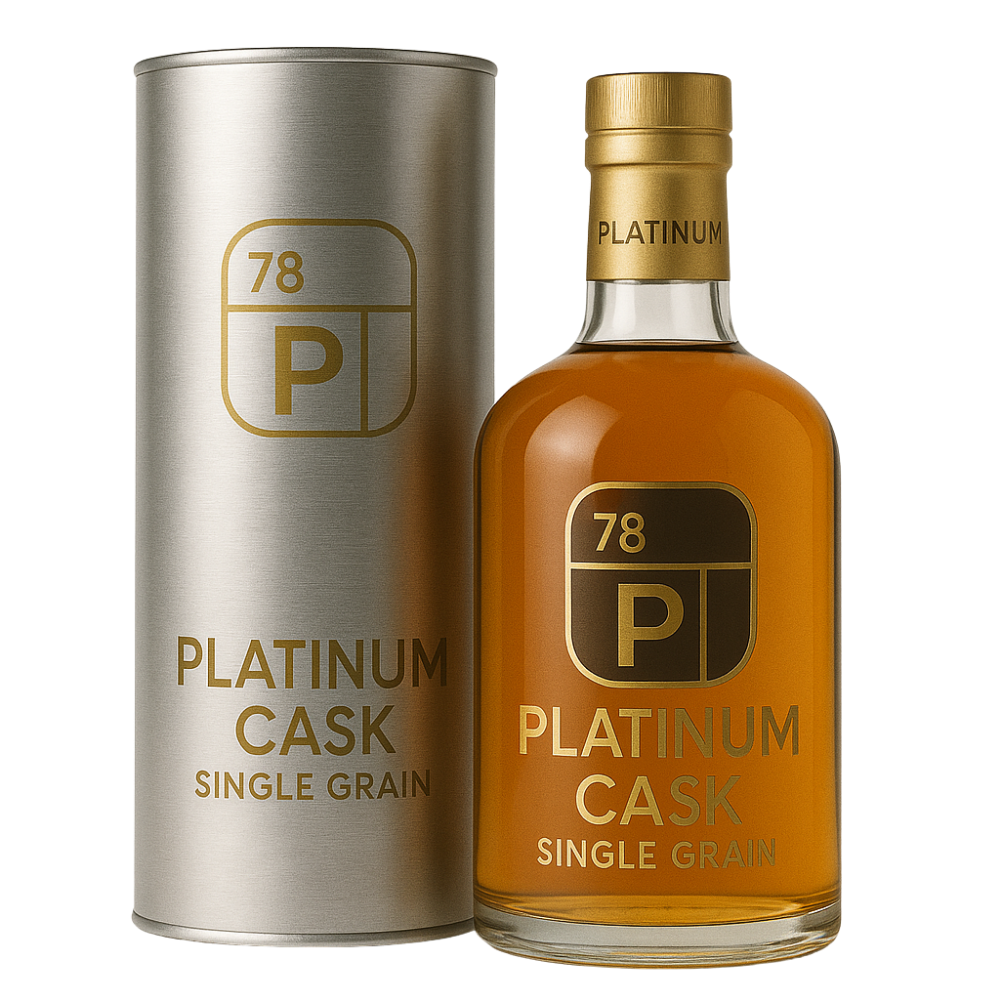In the world of alternative investments, whisky has quietly—yet confidently—emerged as a serious contender. Once the reserve of connoisseurs and collectors, whisky is now attracting attention from savvy investors looking to diversify their portfolios with a tangible asset that’s steeped in heritage, scarcity, and craftsmanship.
But as with any investment, understanding the landscape is crucial. So let’s explore why whisky is booming, what makes a bottle or cask appreciate in value, and how you can step into the world of whisky investment wisely.
Why Whisky? Why Now?
Several key factors have fuelled whisky’s rise as a high-performing asset:
Scarcity and Time: Unlike other luxury goods, you can’t speed up a 25-year-old whisky. Its value is baked into the years of maturation and limited supply.
Global Demand: Whisky has seen exponential growth in Asian and Middle Eastern markets, where premium bottles are symbols of status and taste.
Cultural Prestige: Brands like Macallan, Yamazaki, and Glenfiddich have built prestige through consistency, storytelling, and limited releases.
Tangible, Enjoyable Asset: Unlike a stock, a bottle of whisky can be admired, gifted, or even consumed—although the latter might ruin your ROI.
Bottles vs Casks: Two Investment Paths
1. Bottle Investment
Buying collectible bottles is the simplest way to invest in whisky.
Pros:
Easier entry point
Liquid market for certain brands
Lower risk if you buy wisely
Cons:
Requires storage and insurance
Condition and provenance are critical
High auction fees if you go that route
Hot Tips:
Focus on limited editions, discontinued lines, and distillery exclusives.
Look for original packaging and avoid opened or damaged bottles.
Japanese and Scotch single malts dominate this market.
2. Cask Investment
Purchasing an entire cask (usually through a broker or distillery) is a longer-term, high-reward approach.
Pros:
Potential for significant appreciation over time
Option to bottle your own label
More control over maturation and exit strategy
Cons:
Requires bonded warehouse storage
Maturation takes time (at least 3 years)
Must eventually bottle or sell to recoup investment
Watch For:
Transparent contracts and clear exit strategy
Annual storage, insurance, and sampling fees
Reputable partners—due diligence is everything
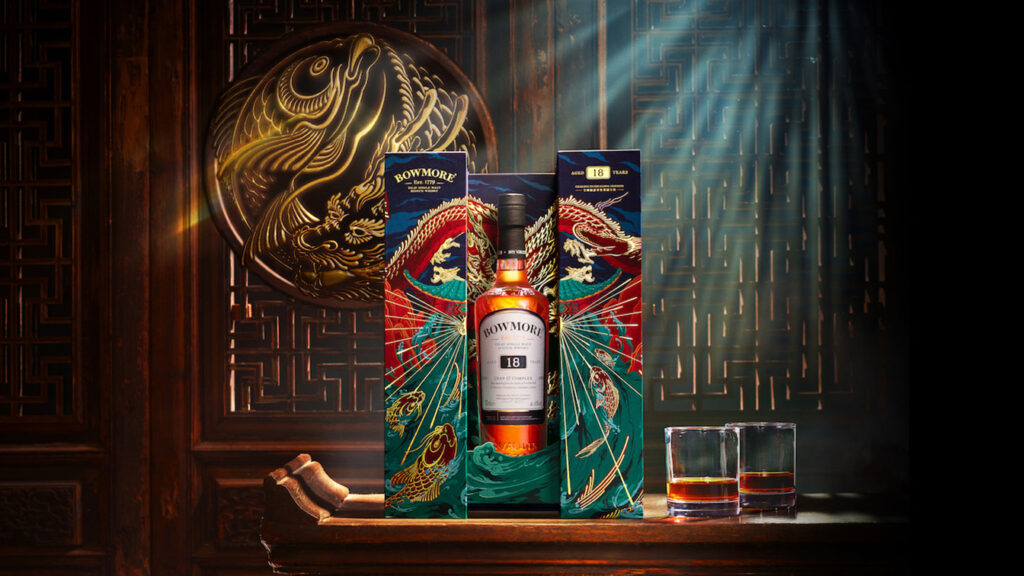
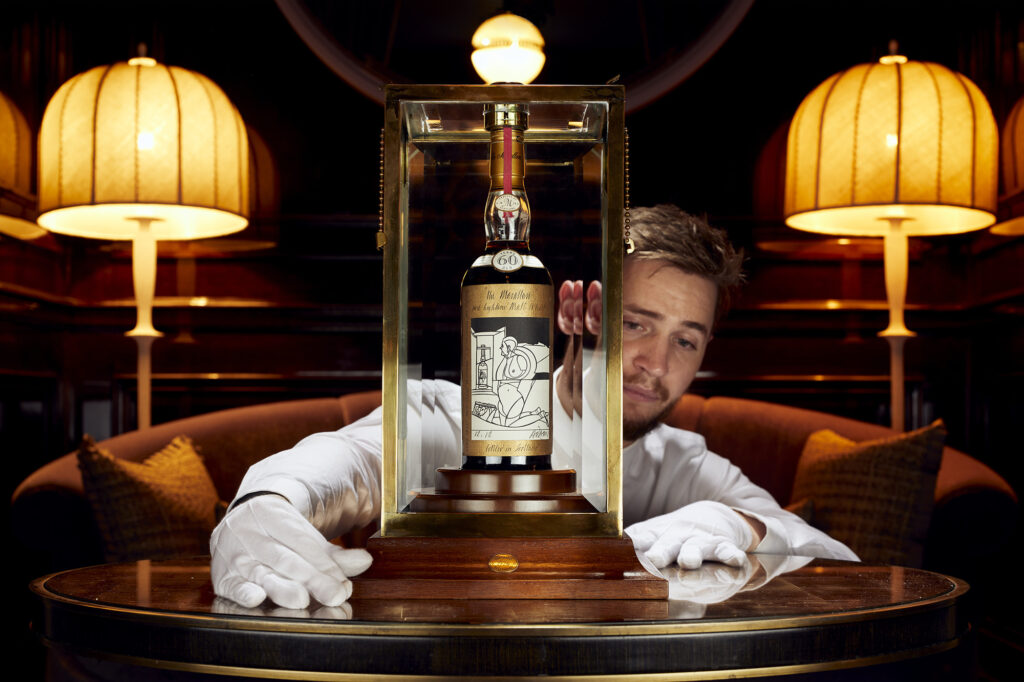
What Makes Whisky Appreciate in Value?
Understanding what drives demand will help you choose wisely:
Age Statement: Older doesn’t always mean better, but well-aged whisky—especially from respected distilleries—is consistently in demand.
Distillery Reputation: Names like Macallan, Springbank, Yamazaki, and Dalmore carry serious weight in the market.
Limited Editions: Small-batch releases, single casks, and anniversary bottlings are often the best performers.
Packaging and Provenance: Unopened bottles with original packaging, authentication, and a strong story fetch higher prices.
Market Trends: Monitor emerging regions, rising distilleries, and collector behaviour.
Is It Too Late to Get In?
Absolutely not. While prices for some unicorn bottles are sky-high, there are still smart plays at every level—from £200 rare bottlings to six-figure casks.
The trick is to be informed, patient, and strategic. This isn’t a game for flippers—it’s a space for collectors and visionaries.
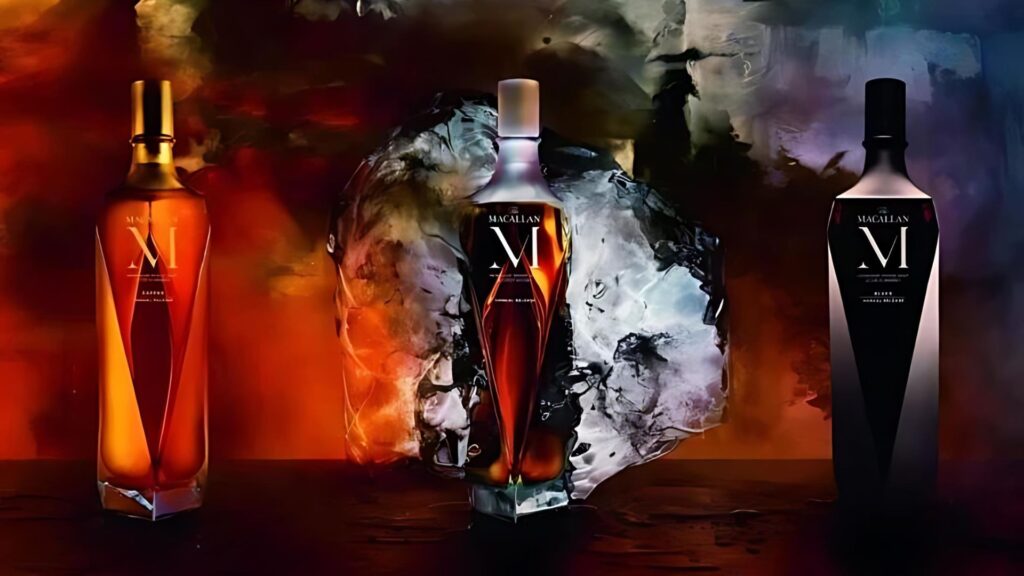
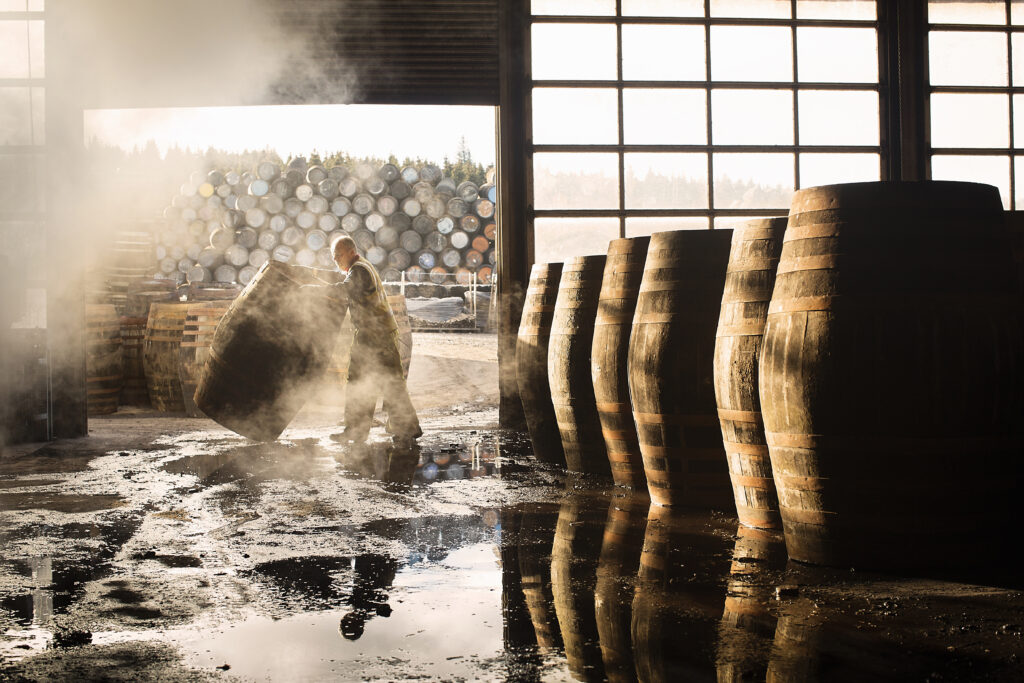
Whisky investment isn’t just about profit—it’s about passion and patience. It’s about understanding that value is created in the barrel, over years, as wood, spirit, and time perform.
Whether you’re buying a rare bottle to tuck away or investing in a cask to age for the next generation, whisky is one of the few assets that gets better with time.



